Nichole: I really enjoyed reading your blog especially the video you provided. I was really able to receive a thorough understanding of the furniture displayed during this era.
Hailey: I really likes your blog because of all the informative picture you provided throughout the writing. The pictures displayed a great understanding of the architecture and furniture from this era.
Tuesday, March 17, 2015
Spanish Renaissance
The Italian Renaissance influenced the Spanish and the French. The fusion of christian spain with moorish art termed and the final expulsion of the moors was in 1607. There was a great loss to the handicrafts and commerce of southern spain after this happened. Also, the plateresco phase and the desornamentado phase began in this era. The baroque style and churrigueresco style of surface decoration were also brought out in this time frame in spain. Residential design was influenced by moorish design and there were numerous modest rural houses built. Interiors consisted of iron grills on windows, colored tiles, pine-paneled ceilings, and tile pictures. Spain was also a leading center for fine leather work. There was a lot of inlay work and carvings in bone, exotic woods, and mother of pearl. Inlay work was one of spain's finest artistic achievements.
One of the last spanish palaces that was completed before the expulsion of the moors was Alhambra, Granada 1354. This was a supreme achievement of moorish architecture and decoration. The exterior was plain and it had numerous courtyards with gardens, fountains, and reflecting pools.
.jpg)

.jpg)
Another beautiful place during this time was the Cathedral of seville. This cathedral was located in seville, andalusia spain. It was the largest cathedral in the world in the 15th century. The style was gothic and was larger than hagia sophia. This cathedral also demonstrated the cities wealth and included 80 chapels that required 500 masses daily.




Another huge site during this era was el escorial. It was 30 miles north west of spain in the 16th century. Its massive structure was known for its simplicity, sobriety, and plainness. It was a highly moral building and a royal palace for monarchy.



Furniture was bold and simple with heavy proportions. Walnut wood was common and silver was used for ornamentation. Rectangular shapes were preferred with crude carvings. One of the most famous chairs from this era was the sill on de frailero(monk's chair). It was a walnut armchair with a leather seat and back and a broad front stretcher with decorative nailheads.
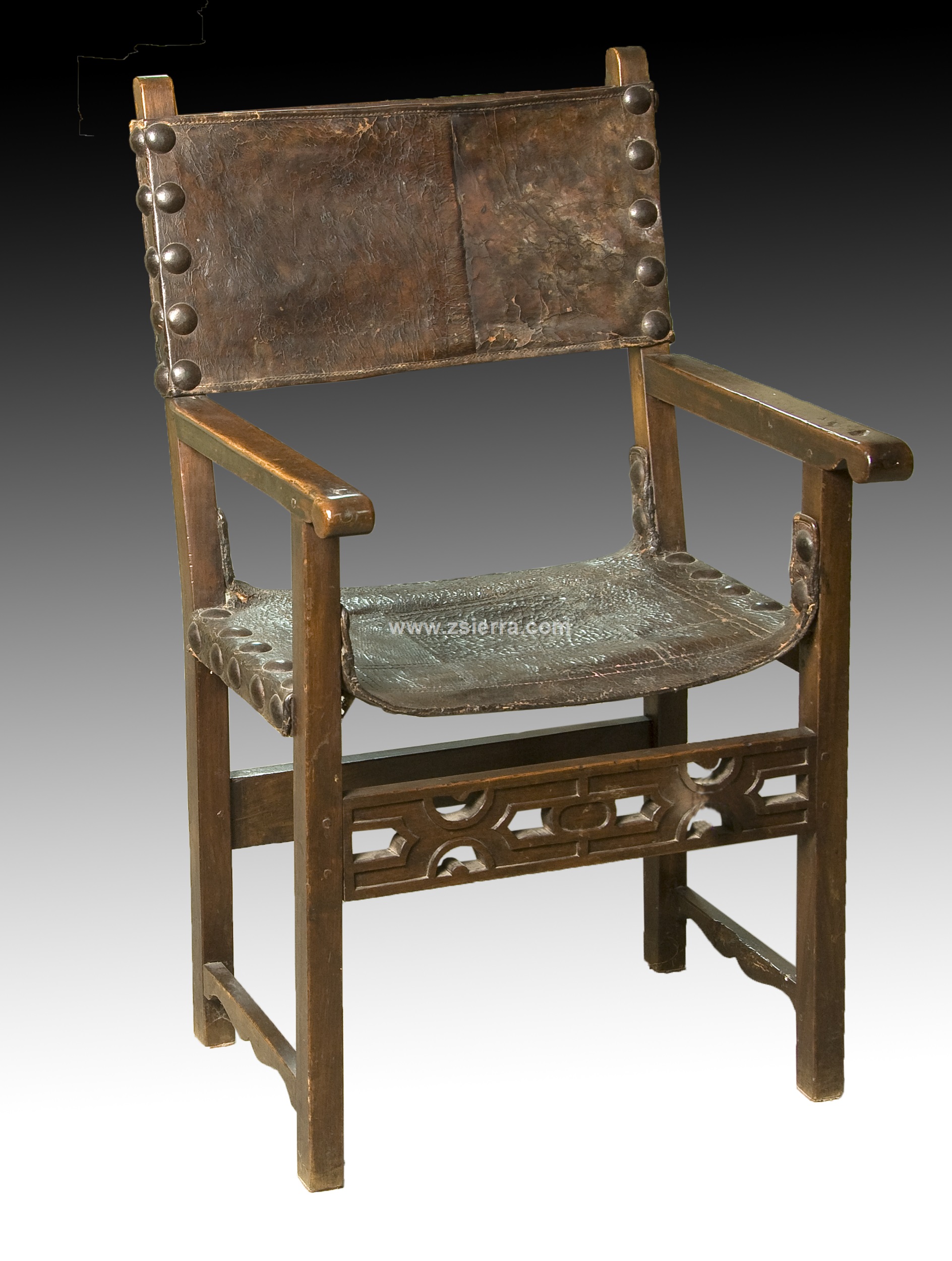
Benches were also very popular in spain, they were found everywhere and had trestle support, usually wood, and had scrolled wrought-iron under brace.


Vargueno cabinetwork was spain's most distinctive cabinetwork. It was deigned as a receptacle for documents and valuables. Could be used as a desk and early designs in the moorish or mudejar styles. Ivory was often painted in bright red, blue, green, and gold for the stand and the bases were puente and taquillon. The puente was elaborately carved table trestle with the sides being pulled out to support the drop-front. The traquillon was a facade in four sections including drawers and a cupboard.


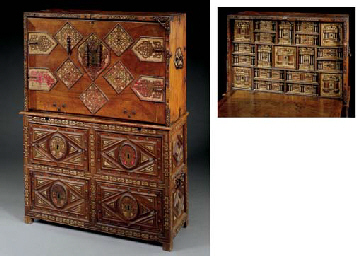
Tables and chests wer important pieces within the homes at this time. The tables usually were made from wrought iron and were thick an massive with movable tops.

The chests were the most important and necessary piece of a home. There was inlay of bone and ivory with some being coverers in leather or fabric.

Here are some modern day interiors that display spanish detail and style:


Below is a youtube video displaying architecture, motifs, and interior design during the spanish renaissance:
https://www.youtube.com/watch?v=TqUKkpUjh4o
One of the last spanish palaces that was completed before the expulsion of the moors was Alhambra, Granada 1354. This was a supreme achievement of moorish architecture and decoration. The exterior was plain and it had numerous courtyards with gardens, fountains, and reflecting pools.

.jpg)

.jpg)
Another beautiful place during this time was the Cathedral of seville. This cathedral was located in seville, andalusia spain. It was the largest cathedral in the world in the 15th century. The style was gothic and was larger than hagia sophia. This cathedral also demonstrated the cities wealth and included 80 chapels that required 500 masses daily.




Another huge site during this era was el escorial. It was 30 miles north west of spain in the 16th century. Its massive structure was known for its simplicity, sobriety, and plainness. It was a highly moral building and a royal palace for monarchy.



Furniture was bold and simple with heavy proportions. Walnut wood was common and silver was used for ornamentation. Rectangular shapes were preferred with crude carvings. One of the most famous chairs from this era was the sill on de frailero(monk's chair). It was a walnut armchair with a leather seat and back and a broad front stretcher with decorative nailheads.

Benches were also very popular in spain, they were found everywhere and had trestle support, usually wood, and had scrolled wrought-iron under brace.


Vargueno cabinetwork was spain's most distinctive cabinetwork. It was deigned as a receptacle for documents and valuables. Could be used as a desk and early designs in the moorish or mudejar styles. Ivory was often painted in bright red, blue, green, and gold for the stand and the bases were puente and taquillon. The puente was elaborately carved table trestle with the sides being pulled out to support the drop-front. The traquillon was a facade in four sections including drawers and a cupboard.



Tables and chests wer important pieces within the homes at this time. The tables usually were made from wrought iron and were thick an massive with movable tops.

The chests were the most important and necessary piece of a home. There was inlay of bone and ivory with some being coverers in leather or fabric.

Here are some modern day interiors that display spanish detail and style:

Below is a youtube video displaying architecture, motifs, and interior design during the spanish renaissance:
https://www.youtube.com/watch?v=TqUKkpUjh4o
Saturday, March 7, 2015
Italian Renaissance peer reviews
Samantha: I really enjoyed the video you provided on your blog as well as the current applications you selected. Very informative blog!
Kari: Your blog had great explanations of all the material we went over plus more. I also really like the modern applications you selected, especially the one of Millennium Bitmore hotel in Los Angeles.
Kari: Your blog had great explanations of all the material we went over plus more. I also really like the modern applications you selected, especially the one of Millennium Bitmore hotel in Los Angeles.
Italian Renaissance
The word Renaissance means "rebirth" beginning in Florence Italy. The classical forms refined and adapted for new uses and local quarries offered an endless supply of beautiful marble. The furnish interiors during this time were of Gothic and Romanesque. There was a huge shift from a religious to a secular emphasis. The Roman Catholic church had become very powerful involving corruption and misconduct. There was a movement towards humanism and everyone in Italy, rich or poor, was interested in the arts. Residential design becomes popular as well as comfort convenience and beauty rather than strength safety and protection. There was also emphasis on horizontal and symmetry but copied designs from excavations. Ancient Roman style and details added to buildings medieval in concept. There was also an early emphasis on the interior architecture not the furniture. Lastly, the Italian Renaissance included elaborate fireplaces, decorative moldings, doors, and ceilings.
 One of the finest achievements of the Italian Renaissance was the Italian Renaissance palace(palazzo). This building had three divisions with compound windows and a heavy project cornice. The central courtyard was like the roman domus, there was no hallways, and there were people living on the second and third floors. The walls were pierced with niches and the living space was similar to the r
One of the finest achievements of the Italian Renaissance was the Italian Renaissance palace(palazzo). This building had three divisions with compound windows and a heavy project cornice. The central courtyard was like the roman domus, there was no hallways, and there were people living on the second and third floors. The walls were pierced with niches and the living space was similar to the r
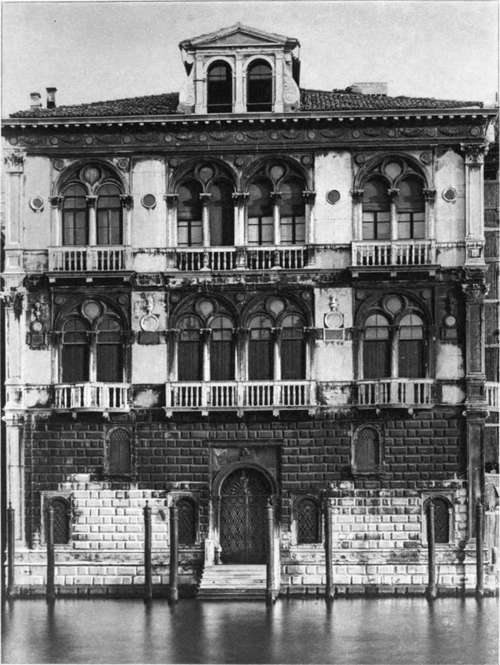
oman "insula." The ground floor had repair shops, summer apartments, kitchens, bathrooms, and storage. There was also a grand staircase to the piano mobile which was on the second floor of the main living area.
Two other magnificent buildings during the Italian Renaissance were the palazzo farnese and the palazzo davanzati. The interiors of the palazzo davanzati consisted of frescos, tapestries, and fireplaces all centered around the interior courtyard. The palazzo farnese was completed by Michelangelo and it look like a massive rectangular block that included a courtyard, ground floor, second story, and third story.


Another amazing building during this time was the Villa Rotonda designed by Andrea Palladio. Each side has a classical temple front including: stairs, six columns, entablature and pediment. The rooms were arranged symmetrically around the dome.


Leonardo Da Vinci was the most diversely gifted person of all time. His most well known pieces of art were the last supper and the Mona lisa.
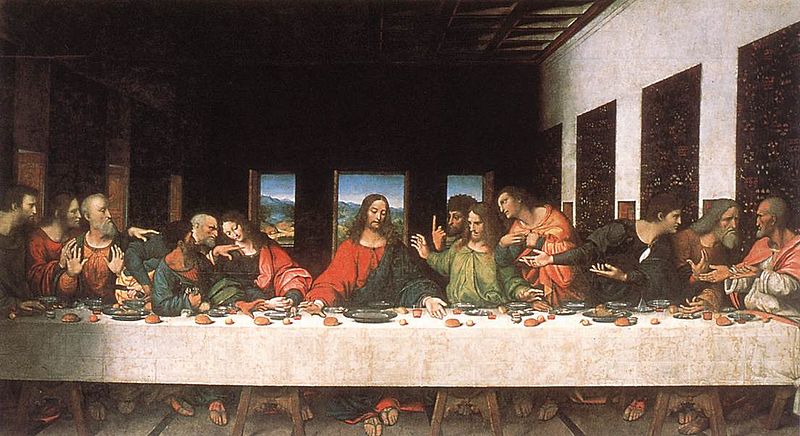

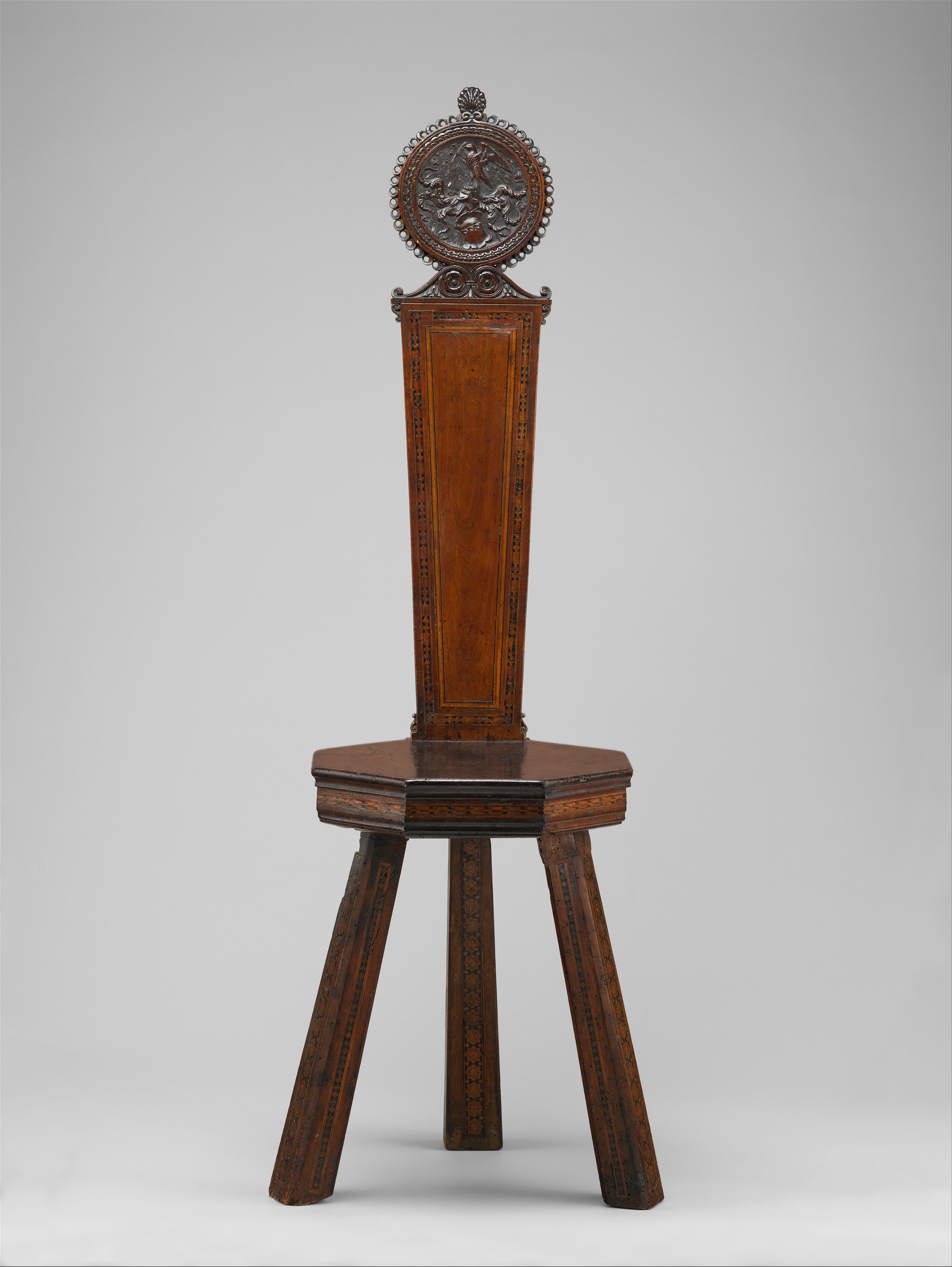
This chair was called the sgabello(stool with a back). It had a small octagonal or rectangular seat supported but here legs. It was primarily for dining and all purpose style.
Another chair during this time was known as the Dante chair. It had an x in the front and in the back was separated by floor stretchers and arms. The back and seat are made of leather with a loose fringed and tasseled cushion.


Cassapanca
Here are some current applications of interiors


Below is a video on the famous Leonardo Da Vinci:
https://www.youtube.com/watch?v=PwOlIGGDVjE
 One of the finest achievements of the Italian Renaissance was the Italian Renaissance palace(palazzo). This building had three divisions with compound windows and a heavy project cornice. The central courtyard was like the roman domus, there was no hallways, and there were people living on the second and third floors. The walls were pierced with niches and the living space was similar to the r
One of the finest achievements of the Italian Renaissance was the Italian Renaissance palace(palazzo). This building had three divisions with compound windows and a heavy project cornice. The central courtyard was like the roman domus, there was no hallways, and there were people living on the second and third floors. The walls were pierced with niches and the living space was similar to the r
oman "insula." The ground floor had repair shops, summer apartments, kitchens, bathrooms, and storage. There was also a grand staircase to the piano mobile which was on the second floor of the main living area.
Two other magnificent buildings during the Italian Renaissance were the palazzo farnese and the palazzo davanzati. The interiors of the palazzo davanzati consisted of frescos, tapestries, and fireplaces all centered around the interior courtyard. The palazzo farnese was completed by Michelangelo and it look like a massive rectangular block that included a courtyard, ground floor, second story, and third story.


Another amazing building during this time was the Villa Rotonda designed by Andrea Palladio. Each side has a classical temple front including: stairs, six columns, entablature and pediment. The rooms were arranged symmetrically around the dome.


Leonardo Da Vinci was the most diversely gifted person of all time. His most well known pieces of art were the last supper and the Mona lisa.



This chair was called the sgabello(stool with a back). It had a small octagonal or rectangular seat supported but here legs. It was primarily for dining and all purpose style.
Another chair during this time was known as the Dante chair. It had an x in the front and in the back was separated by floor stretchers and arms. The back and seat are made of leather with a loose fringed and tasseled cushion.


Cassapanca
Here are some current applications of interiors


Below is a video on the famous Leonardo Da Vinci:
https://www.youtube.com/watch?v=PwOlIGGDVjE
Subscribe to:
Comments (Atom)